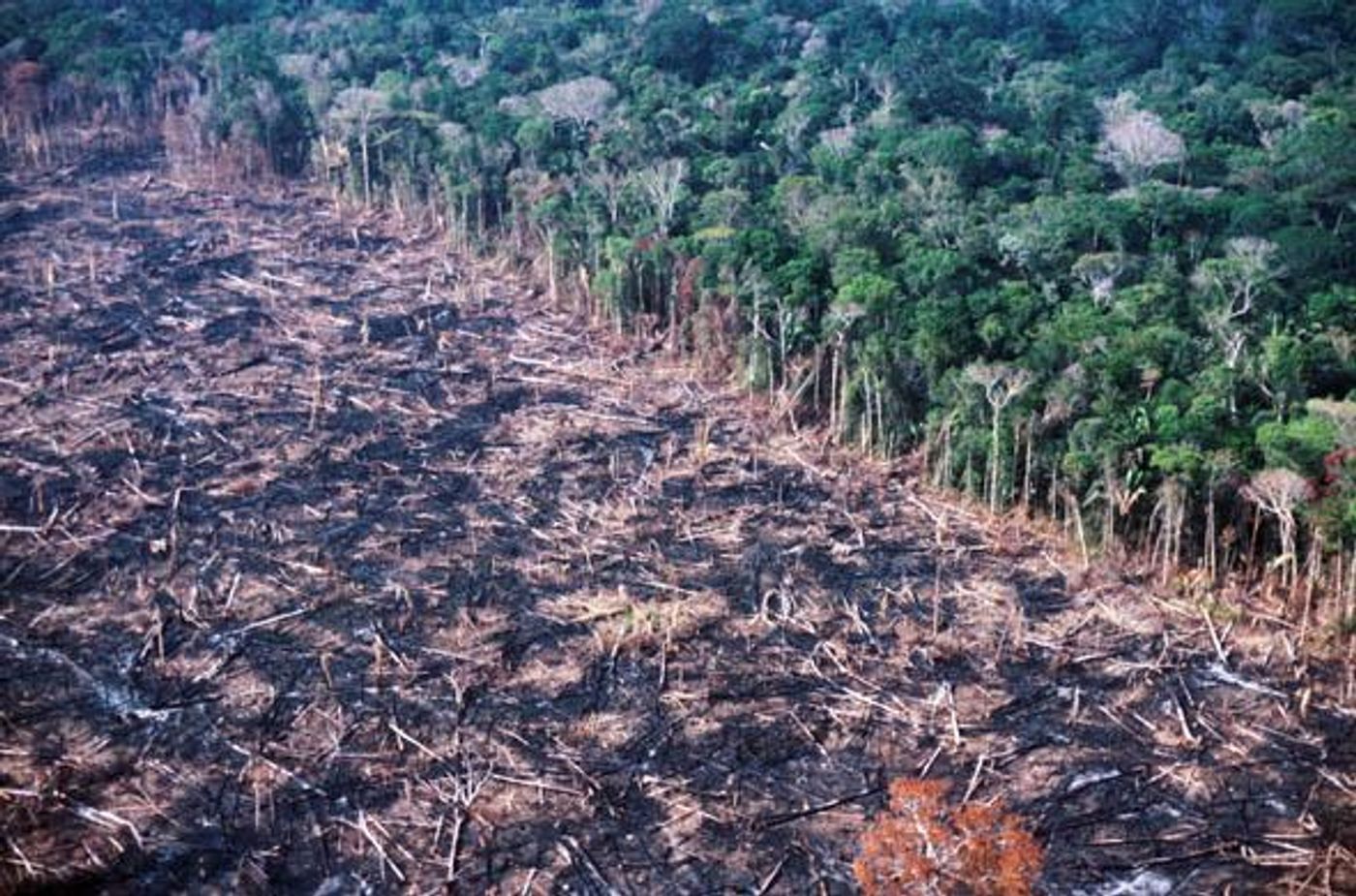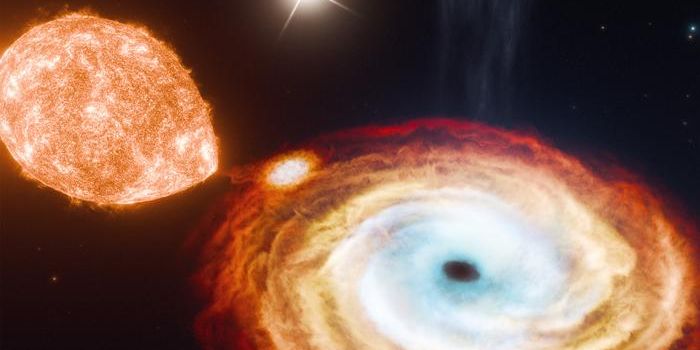Protected forest areas are a big source of carbon emissions
A new study published in Nature’s Scientific Reports unveils disturbing information about deforestation within certain protected areas of the tropics, particularly in Brazil and Indonesia. Using existing maps of forest cover, carbon stocks, and protected areas, the researchers determined the amount of carbon stored in old-growth forests and peatlands, thus able to calculate how much carbon is released when those forests are cut down.
“We’re seeing a lot of forest being lost across protected areas,” Murray Collins, lead author of the study and Research Associate at the University of Edinburgh, told Mongabay. “There’s a risk of thinking that, despite all deforestation occurring across the world, at least protected areas will be safe from it.”
Yet according to the study the opposite is actually true.
The results showed 2,018 protected areas across the tropics that store almost 15% of all tropical forest carbon. The study reported that on average, nearly 0.2% of protected area forest cover was razed per year between 2000 and 2012. Furthermore, carbon emissions were not distributed evenly across protected areas. Less than 9% of the reserves that the researchers sampled contributed 80% of the total carbon emissions between 2000 and 2012. If you compare that to a number more tangible, the carbon emissions from that small percentage of the supposedly “protected” areas are roughly equivalent to the UK’s entire transportation sector.
The study highlighted the top five carbon-emitting protected areas: Triunfo Do Xingu Environmental Protection Area and Jamanxim National Forest, both in Brazil, Maya Biosphere Reserve in Guatemala, Patuca National Park in Honduras, and Sebangau National Park in Indonesia. Within these, 23 particular parks (representing about 1% of all protected regions globally) are the biggest culprits, producing almost one third of all carbon emissions recorded between 2000 and 2012 - 20 times more than expected for their size!
“There’s a very small number of parks that are creating far more emissions than you would expect given their size,” Collins said. “They’re being disproportionately affected by deforestation. That’s the really substantial finding,” he said. “You’ve got these large emissions coming from a relatively small set of parks.”
The team of researchers hopes that this study will help to prioritize conservation attention in protected areas like those 23 highlighted as high carbon emitters.
Sources: Mongabay News, Nature









